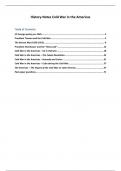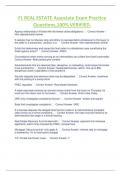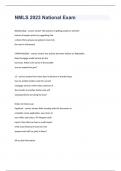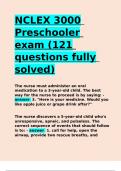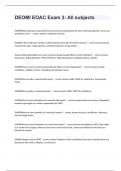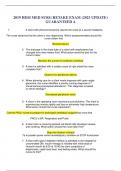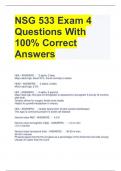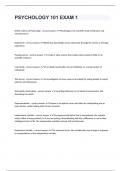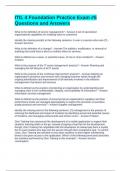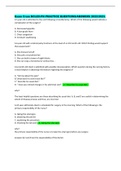Summary
Summary IB DP history notes "Cold War in the Americas" - paper 3 HL
- Course
- Institution
Extensive notes on the unit "Cold War in the Americas" for IB DP history paper 3 (HL). The document includes detailed notes, historiography, summary tables, and past paper questions. It was created using a variety of textbooks and class lectures and it allowed me (a history HL student) to receive ...
[Show more]
